A roar beyond race
Updated: 2015-10-26 07:10
By Raymond Zhou(China Daily)
|
||||||||
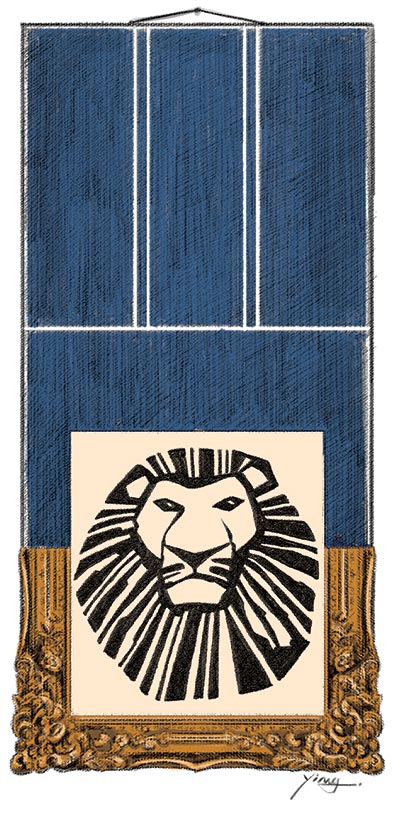 |
|
[Photo by Wang Xiaoying/China Daily] |
As anyone who saw the film knows, the story is set on an African safari. So, the cast members for the stage production were mainly black and there was no surface element that would yell "Asian". But the way the story was presented onstage seemed to be rooted in Asian traditions, or so I thought.
Specifically, it was the small touches that would suggest the wilderness and richness of the environment. For example, a row of actresses wearing headpieces with grasses on top conjured up a vast expanse of grassland.
After the show, I read the background material. I found that Julie Taymor, the director, had studied puppetry in Japan and Indonesia. As a teenager, she spent time in India, Sri Lanka and France, where she was exposed to various art forms including mime.
Since I was not an expert on traditions of performing arts of all these and other countries, I thought it would be premature to conclude that her way had a definite Asian origin.
Questions that had bothered me for 18 years were answered when I got a chance to be part of a forum with Taymor as the guest at the latest Wuzhen Theater Festival, which I moderated, and a subsequent interview with her.
She frankly acknowledged the Asian influence, adding: "I feel I was born as an artist in Asia."
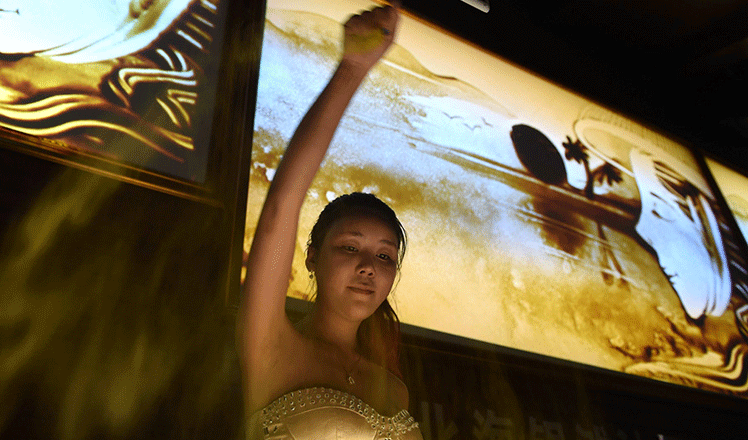
 Girl with a sand painting dream
Girl with a sand painting dream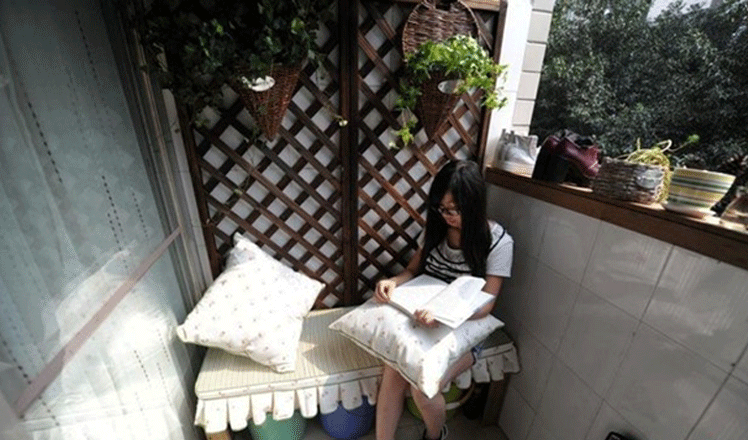
 Decorating benefactors make a dorm a cozy home
Decorating benefactors make a dorm a cozy home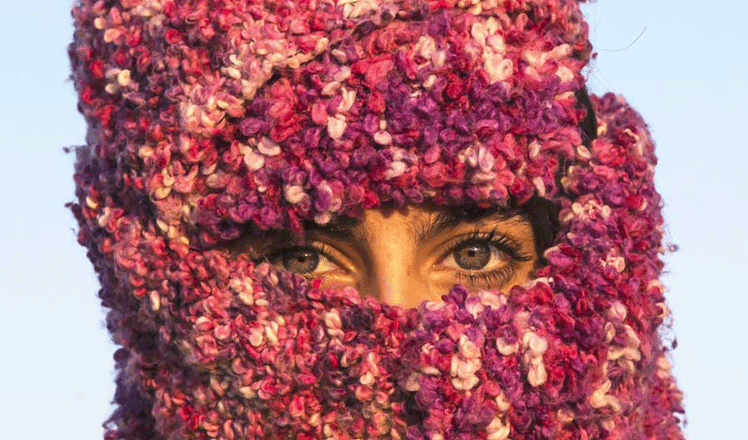
 The world in photos: Oct 19 - 25
The world in photos: Oct 19 - 25
 Hamilton takes third F1 title after US thriller
Hamilton takes third F1 title after US thriller
 Qipaos sizzle on the runway as China Fashion Week kicks off
Qipaos sizzle on the runway as China Fashion Week kicks off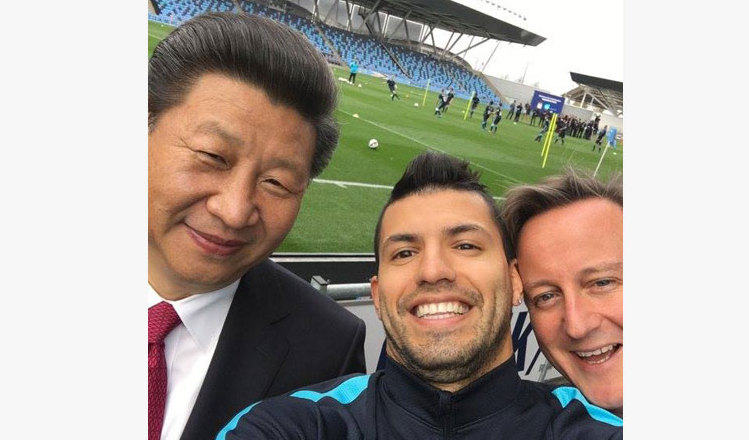
 President Xi visits Man City football club
President Xi visits Man City football club
 British PM Cameron treats President Xi to beer, fish and chips in English pub
British PM Cameron treats President Xi to beer, fish and chips in English pub
 Xi hails role of Confucius institutes
Xi hails role of Confucius institutes
Most Viewed
Editor's Picks

|

|

|

|

|

|
Today's Top News
Tu first Chinese to win Nobel Prize in Medicine
Huntsman says Sino-US relationship needs common goals
Xi pledges $2 billion to help developing countries
Young people from US look forward to Xi's state visit: Survey
US to accept more refugees than planned
Li calls on State-owned firms to tap more global markets
Apple's iOS App Store suffers first major attack
Japan enacts new security laws to overturn postwar pacifism
US Weekly

|

|







